Image stabilization system eliminates a very common problem: blurry photos induced by user movements (shaking, screen tap), or motion of the camera in general (maybe you’re mounting the camera on a bike/helmet or you are shooting from a moving car.).
Ultimately, small camera movements may result in blurry pictures, which is not only frustrating but also brings up the need to capture that picture or video once again to ensure that there’s no blur. IS certainly goes a long way in making our lives easier.
What is image stabilization?
Image stabilization technology uses both hardware and software inside the digital camera to minimize the effects of camera shake or vibration. A good image stabilization system must handle 5 types of expected movements of the camera. The following photo shows these movements.
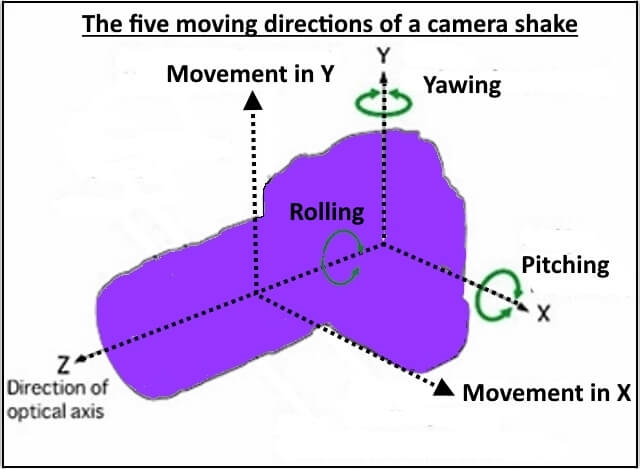
Camera blur is more pronounced when using a long zoom lens or when shooting in low-light conditions, where the camera’s shutter speed must be slower to allow more light to reach the camera’s image sensor. With a slower shutter speed, any vibration or shake occurring with the camera is magnified, sometimes causing blurry photos. Even the slightest movement of your hand or arm could cause a slight blur.
Using IS will not prevent every blurry photo, such as when your subject is moving too fast for the shutter speed that you’re using, this is normally called motion blur.
IS works well with correcting blur caused by the slight movement (shake) of your camera. Manufacturers estimate IS can allow you to shoot a couple of shutter speed settings slower than you could without IS.
The History of the Image Stabilization
Canon and Nikon started offering image stabilization on their digital cameras system at the first beginning of the digital era. Canon released its first IS lens in 1995, while Nikon’s first VR lens came out in 2000.
Konica Minolta (which was later acquired by Sony) was the first to offer sensor stabilization in its Minolta DiMAGE A1 camera and it was a matter of time until other companies started adopting sensor-based image stabilization.
When is it useful to use image stabilization?
Using the image stabilization system is very important in the following situations:
- When you don’t have enough light to get a fast shutter speed, generally, when shooting at low light conditions. It tends to come in handy at sunset, sunrise, and indoors. In most cases, image stabilization will give you the same image quality at 3 to 4 shutter speed stops slower than usual. This is especially handy if you don’t like carrying a tripod everywhere you go.
- Using a higher aperture (higher F-number) tends to increase sharpness and depth of field in your photos. Every time you increase your aperture, the actual aperture opening gets smaller. That means you will have to decrease the shutter speed to allow more light in. However, Image stabilization allows you to increase the aperture by a few extra F-stops. Because image stabilization allows you to use slower shutter speeds with the same results, you can use those slower shutter speeds to offset the loss of light caused by increasing your aperture.
- When you are using a Telephoto lens. Because a telephoto lens is longer and can see further away, every small shaking and movement get magnified toward the end, and image stabilization helps to minimize those effects.
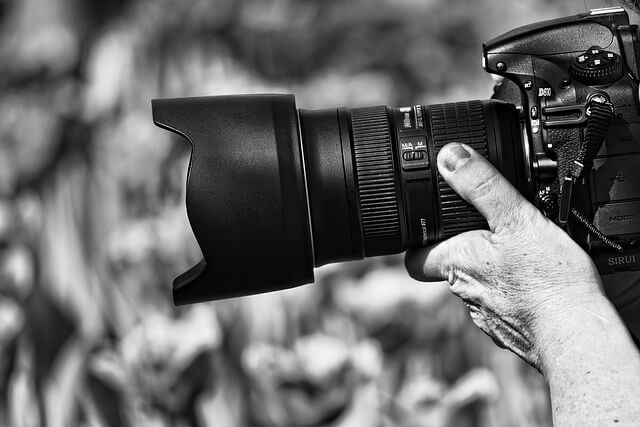
What are the types of image Stabilization?
-
Lens Stabilization
Lens-based stabilization uses a floating lens element, which is electronically controlled and shifted opposite to any camera shake recorded by the camera. Some camera manufacturers call this type of optical Image Stabilization (OIS)
This is done with the help of two gyro sensors inside the lens, one for yaw and one for pitch. These notice the angle and speed of any movement, and this information is fed to a microprocessor that computes the necessary adjustments needed to be made by the lens group. By doing so, the light’s angle of refraction is changed so that it hits the sensor in the right place.
Pros of lens stabilization
Lens stabilization is more effective on long telephoto/super telephoto lenses than sensor stabilization because they require much bigger movements, moving a sensor a bigger distance is very difficult in the case of in-camera stabilization.
Lens stabilization is more effective in low-light conditions because the image already comes stabilized from the lens, the camera metering/AF sensors can provide more accurate results in low-light situations.
Cons of lens stabilization
- Higher Cost
Updated and newer lenses with (IS) cost much more than their non-IS counterparts. Nikon and Canon definitely charge a premium for image-stabilized lenses.
- Availability
There are some lenses (such as Canon and Nikon Prime and wide-angle lenses) are still not image-stabilized, they are waiting for the update.
-
Sensor Stabilization
The sensor stabilization system works the same way as the lens system, but will physically shift the image sensor rather the lens elements to compensate for these movements.
Pros of sensor stabilization
The biggest advantage of in-camera sensor stabilization is it allows you to work with all kind of lenses whether stabilized or not. The lenses without image stabilization mechanisms are generally smaller, lighter and cheaper to produce. Another big advantage is that you pay only once! You buy one camera with built-in image stabilization and all lenses will automatically get the benefit of image stabilization.
Also if a newer, more efficient way of image stabilization is invented, you only need to upgrade the camera, rather than updating all of your lenses.
Cons of sensor stabilization
- Less effective when used with long telephoto/super telephoto lenses. The longer the lens, the more the sensor has to move to compensate for the shake. Because the space for such sensor movements is limited, sensor-stabilized lenses are generally less effective than optically-stabilized lenses.
- Less accurate metering and AF performance in low light situations – because the image coming out of the lens is not stabilized, the camera metering and AF sensors also receive a shaky image (in cameras with a phase-detection AF system). Hence, metering and AF performance can be negatively affected, specifically in low-light situations.
Image Stabilization for different camera models
Canon IS (Image Stabilization)
Canon used lens-based image stabilization in its DSLR camera, rather than applying the correction at the sensor level, and this is also the case in its mirrorless cameras. Using lens image stabilization allows you to view the compensatory effects through optical viewfinders, which helps steady the view when composing images, and most current lenses promise correction of up to four stops.
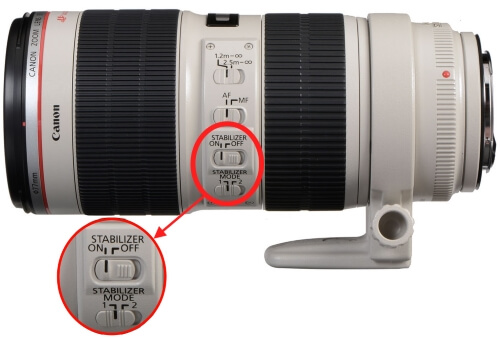
Canon IS lenses detect and compensate for angular camera shake over horizontal (yaw) and vertical (pitch) axes and compensate for this by moving elements inside the lens. A few years ago, however, it developed a Hybrid IS system that was capable of compensating for shift (up/down and side-to-side) movements too.
Many of its EF lenses designed for action photography offer the following image stabilization modes:
- Mode 1: The default option that’s designed for normal photography.
- Mode 2: Designed for panning a moving subject, such as a cyclist or runner.
- Mode 3: This mode is similar to Mode 2 although it only fully activates stabilization at the moment of capture, which helps to save battery life.
Many of these lenses also have the ability to sense when they’ are being used on a tripod, so that they can deactivate stabilization automatically.
Nikon (VR) Vibration reduction
Nikon has also used a lens-based system for image stabilization. It has the same advantage of being visible in the viewfinder when you’re composing images.
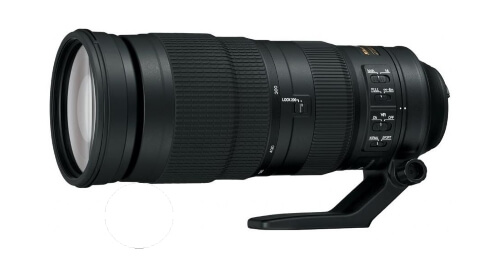
The compensation it offers varies between lens models and their age. Some, particularly those with Nikon’s first-generation VR system, typically offer around 2.5-3 stops, but those with second-generation VR may offer up to 4 or 4.5EV stops. Nikon Vibration reduction system offers the following modes:
- Normal: This is the default option that’s equivalent to Canon’s Mode 1, although this typically also incorporates panning detection. This means you can use it when panning a moving subject without having to switch to a different setting.
- Active: Designed for photography from a moving vehicle or unstable surface, this is said to provide better correction and a more stable viewfinder image.
- Tripod: Only found in a handful of telephoto lenses, this option is designed for use with tripods, but it doesn’t simply disable the feature. Instead, it automatically detects the frequency of vibrations that come from the tripod (rather than normal camera shake caused by hand-holding) and only applies the correction for these.
Sony (OSS) Optical Steady Shoot
Sony’s camera uses both sensor-based and lens-based image stabilization. Its previous DSLRs and more recent SLT models employed sensor-based image stabilization under the terms Super SteadyShot INSIDE and more recently just SteadyShot INSIDE. For its compact cameras, however, it has provided lens-based stabilization under the term Optical SteadyShot (OSS) – and this is also the case with its previous compact system cameras which lacked sensor-based image stabilization.
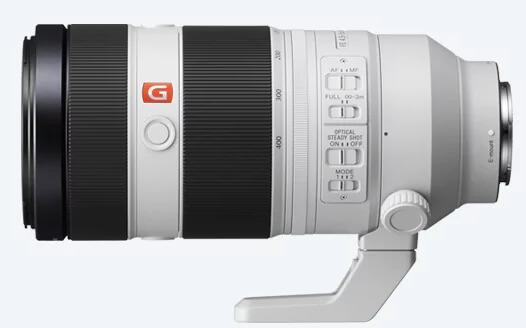
Today, the situation is a little different. Sony’s most recent compact system cameras provide five-axis compensation (yaw, pitch, roll and shifting across vertical and horizontal axes) at the sensor level, so you can use this with any lenses and benefit from this effect.
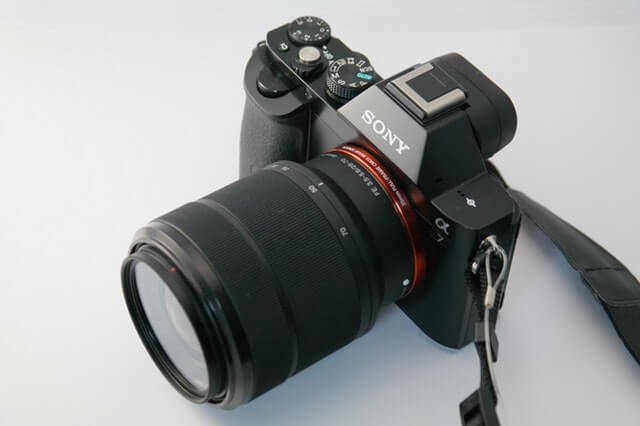
Fujifilm
Fujifilm uses an image stabilization system in its lenses rather than its camera bodies, and current models typically promise to have a compensatory effect of between 4-5 EV stops.
These lenses are marked ‘OIS’, and are available for both Fujifilm’s X-series of compact system cameras and its newer medium format system.
Olympus
Olympus offers both sensor and lens image stabilization systems. Although the company has started to furnish its lenses with the technology in the last year, the most recent bodies employ a five-axis stabilization system, which corrects for yaw, pitch, and roll movement, as well as shifting across vertical and horizontal axes. Not only can you get up to 5.5 stops as standard with the latest Olympus OM-D E-M1 II, but when you combine this with the M.Zuiko Digital ED 12-100mm f/4.0 IS Pro lens this increases to an incredible 6.5 stops.
Panasonic (Mega OIS) Mega Optical Image Stabilization
Panasonic has traditionally provided lens-based image stabilization but has more recently started to fit its models with sensor-based image stabilization too. Panasonic has long used the term MEGA O.I.S. to indicate the presence of optical image stabilization in a lens, and it continues to do so. POWER O.I.S., meanwhile, is said to take MEGA O.I.S. further and provide even better correction.
Conclusion
Image stabilization is an important feature to have when you don’t have that much light, and you don’t want to bring a tripod everywhere you go, but it shouldn’t be the deal-breaker that determines your next camera or camera lens purchase. Luckily, most low-end zoom lenses and beginner digital SLR kits come with image stabilization these days, so it is kind of a moot point.
The best image stabilizer is your tripod. It is the safest bet when it comes to getting a blur-free image at slower shutter speeds. Although there is a big difference between a shot taken with image stabilization and one without it, there is an even bigger difference when you use a tripod. The second image would have been completely free of blur.
For further reading check “Image stabilization“
Thanks for reading, I hope you enjoyed the article if you have any questions just post them below & I will be happy to answer you.
If you enjoy the site, don’t forget to subscribe, we will only inform you when a new article is posted.

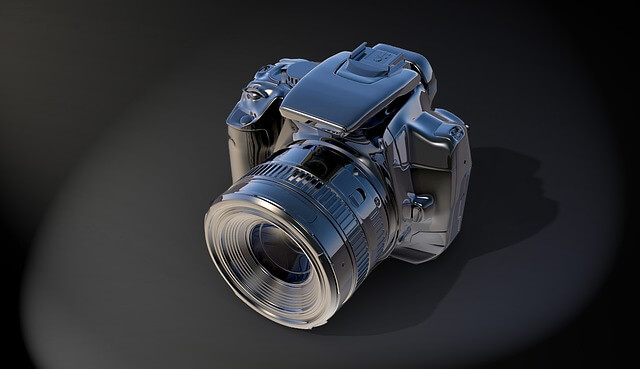







With the popularity of smartphone photography image stabilization has become maybe the number one factor of good photographs. Of course when we are talking about DSLRs then things become more advanced but it still is considered a very important factor of good photographs when no tripod is at hand. I remember SLR cameras before IS was a standard, how much you had to try to take a good stable photo. Things now are much much easier. Technology at our service.